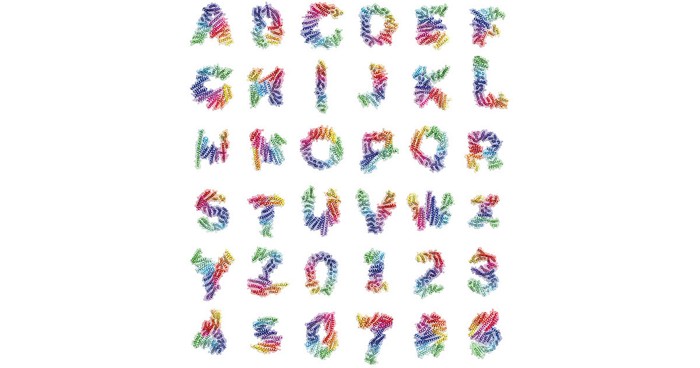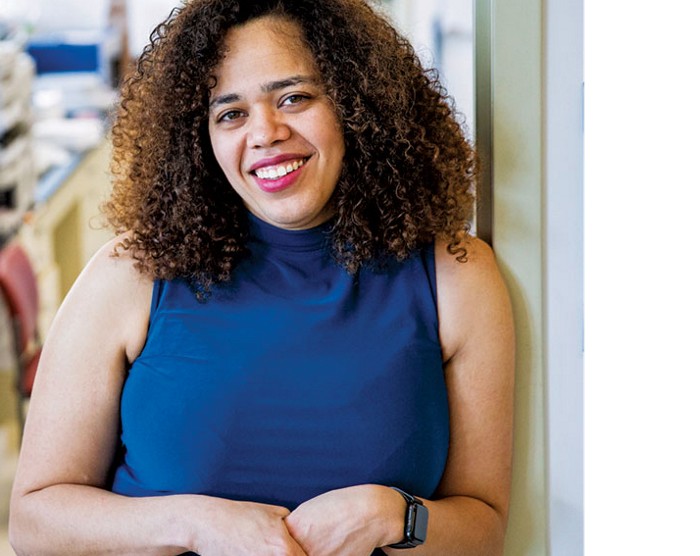Advertisement
Grab your lab coat. Let's get started
Welcome!
Welcome!
Create an account below to get 6 C&EN articles per month, receive newsletters and more - all free.
It seems this is your first time logging in online. Please enter the following information to continue.
As an ACS member you automatically get access to this site. All we need is few more details to create your reading experience.
Not you? Sign in with a different account.
Not you? Sign in with a different account.
ERROR 1
ERROR 1
ERROR 2
ERROR 2
ERROR 2
ERROR 2
ERROR 2
Password and Confirm password must match.
If you have an ACS member number, please enter it here so we can link this account to your membership. (optional)
ERROR 2
ACS values your privacy. By submitting your information, you are gaining access to C&EN and subscribing to our weekly newsletter. We use the information you provide to make your reading experience better, and we will never sell your data to third party members.
Synthetic Biology
Synthetic cells protect DNA circuits
Encapsulation strategy could eventually help DNA-based computers to diagnose diseases or dispense drugs
by Mark Peplow
March 4, 2019

Molecular computer systems that rely on strands of DNA to process information can already solve math problems, play games like tic-tac-toe, and detect the biochemical signatures of disease.
Now researchers have used artificial cells to host DNA-based circuits, allowing them to operate in messy biological environments (Nature Nanotech. 2019, DOI: 10.1038/s41565-019-0399-9). It’s a step on the way to using DNA computers as rapid diagnostic devices, or even to control systems that deliver therapeutic drugs inside patients, says Tom de Greef of the Eindhoven University of Technology, part of the team behind the work.

The team combined proteins and polymers to form artificial “protocells” roughly 10–60 μm wide, and loaded them with molecular complexes that can function as signal-processing components such as logic gates. The gate complexes contain two different DNA strands and a fluorescent tag. Whereas conventional electronics receive signals from incoming electrons and send on their own electronic signal, the protocells use DNA. An incoming DNA strand with the correct sequence can latch onto an exposed ‘toe hold’ on one of the gate’s DNA strands. This displaces the gate’s other DNA strand. The ejected strand then leaves the protocell and acts as the input signal for a second protocell containing a different gate. At the same time, the freed fluorescent tag activates, which allows the researchers to keep track of the action.
De Greef’s team trapped the protocells against tiny pillars on a microfluidic plate. By carefully tailoring the cells, their DNA gates, and the DNA signals flying between them, the researchers set up a variety of different communication circuits. These included logic gates like AND and OR, which respond to two input strands in different ways; and a feedback circuit where the output strand from one group of protocells deactivates the fluorescence in a second group.
Some protocell circuits could also amplify signals as they passed them along. Signal amplification is an important quality in electronics, not least because it helps detection devices turn tiny input signals into a stronger output signal. To enable amplification, researchers gave activated, glowing protocells another DNA strand that freed input strands from the gates, freeing them to trigger more protocells and boost their collective fluorescence.
DNA strand displacement is already a well-established tactic in DNA computing, but previous systems have typically anchored their gate complexes on micrometer-sized beads, leaving them exposed to the ravages of enzymes in biological fluids. De Greef’s team found that their encapsulated gates made more robust circuits—a simple circuit could function in fetal bovine serum, a common biological medium—and also worked much faster, with signals transmitted in minutes rather than hours.
Advertisement
“People had mainly studied these circuits in one-pot reactions,” says Friedrich Simmel of the Technical University of Munich, who works on DNA computing. “But compartmentalization plays an important role in biology, and it could also help in artificial circuits. It’s an important step for the field.”
De Greef is developing his DNA circuits into a system that could diagnose diseases by detecting characteristic patterns of microRNAs, which help regulate gene expression. “We’re currently working with Microsoft to build a DNA computer that can do microRNA processing from human blood using this technology,” he says. “I think a DNA computer could eventually do this fully autonomously.”
Microsoft has also been involved in efforts to store vast quantities of data within DNA, using the molecule’s sequence of bases to encode text and videos. De Greef hopes to integrate that approach with his DNA computing technology so that it can store and process data.





Join the conversation
Contact the reporter
Submit a Letter to the Editor for publication
Engage with us on Twitter